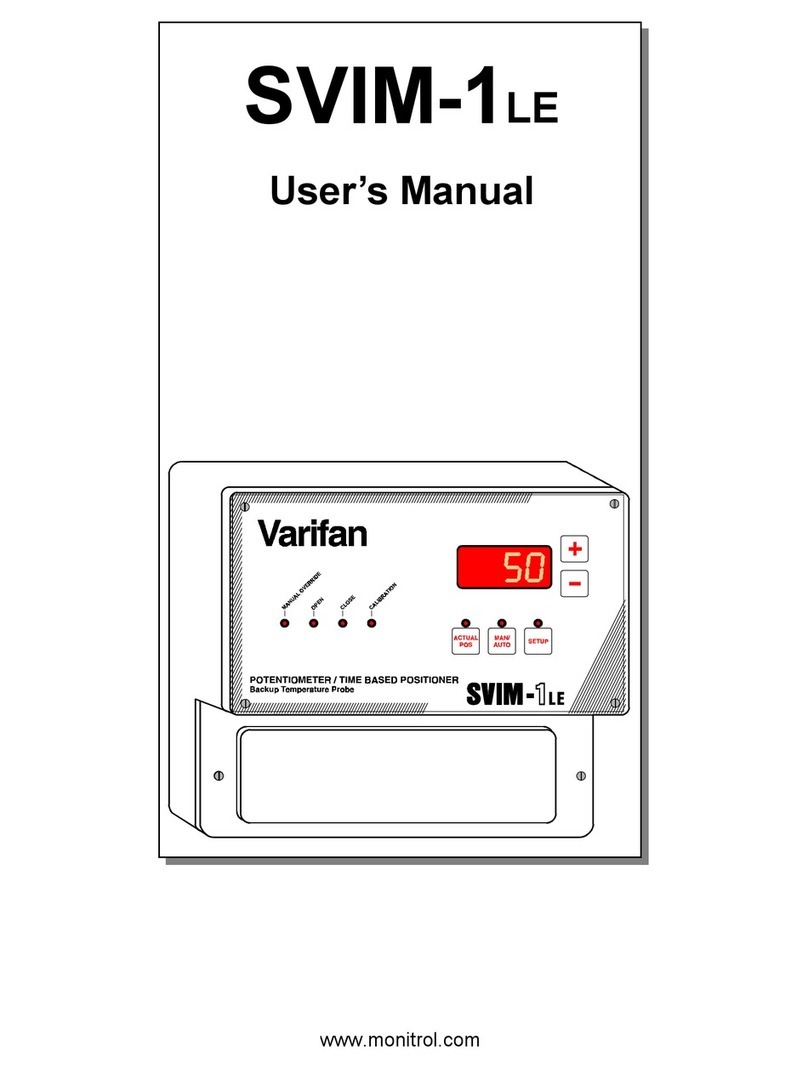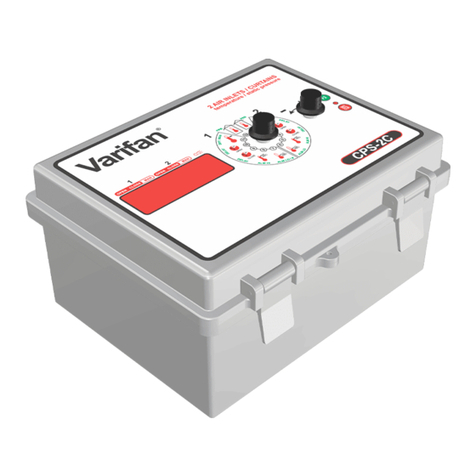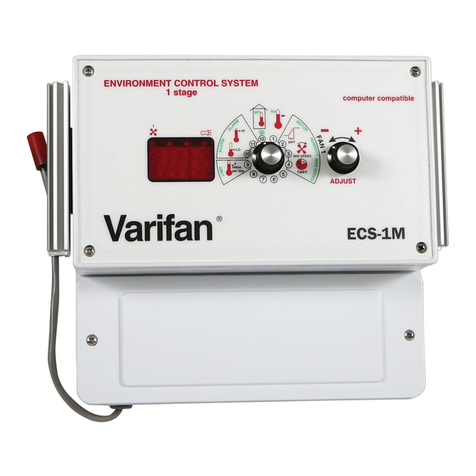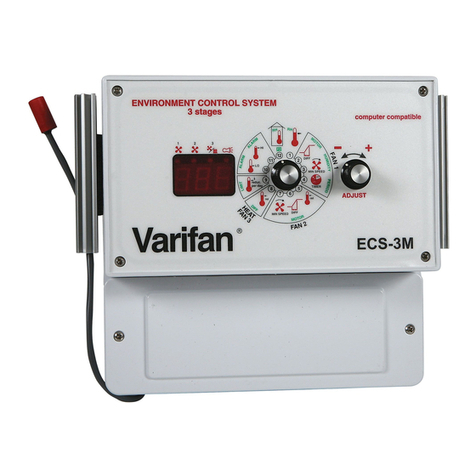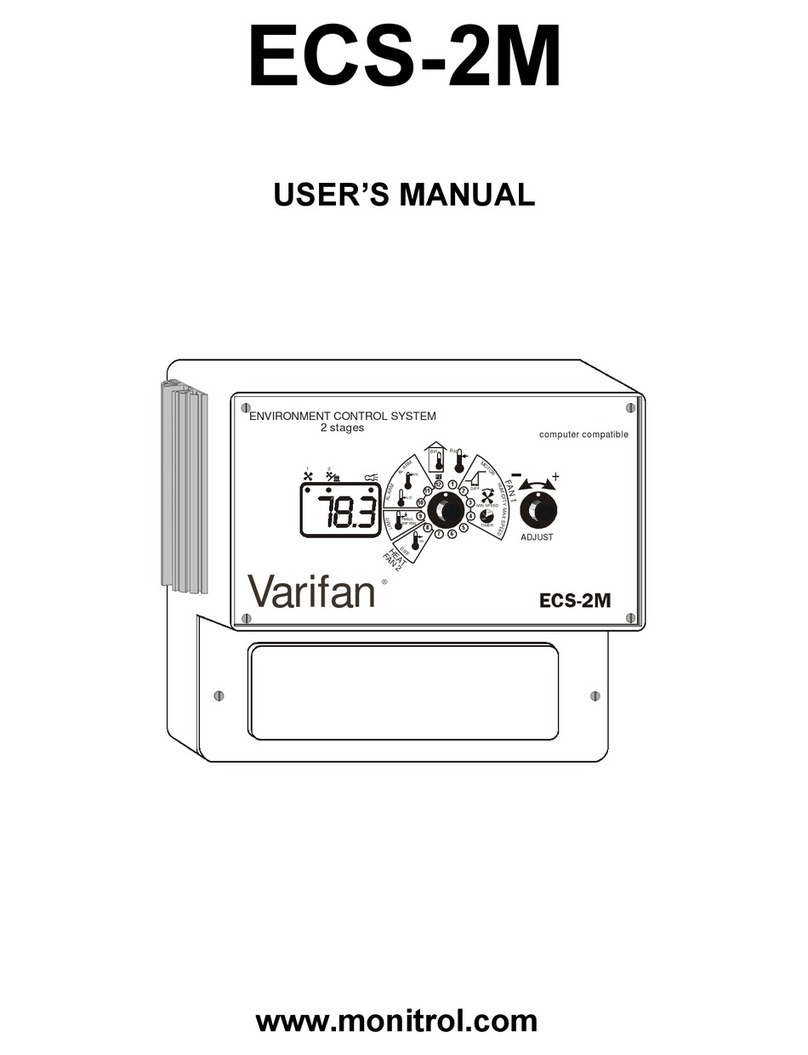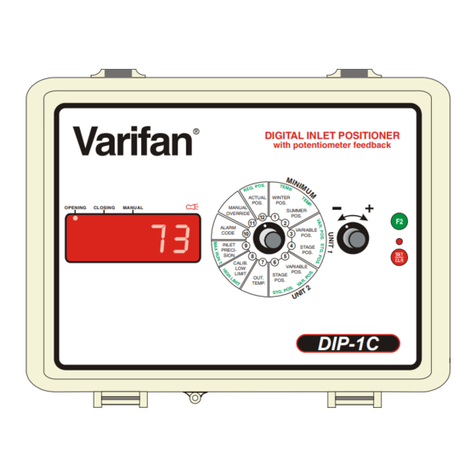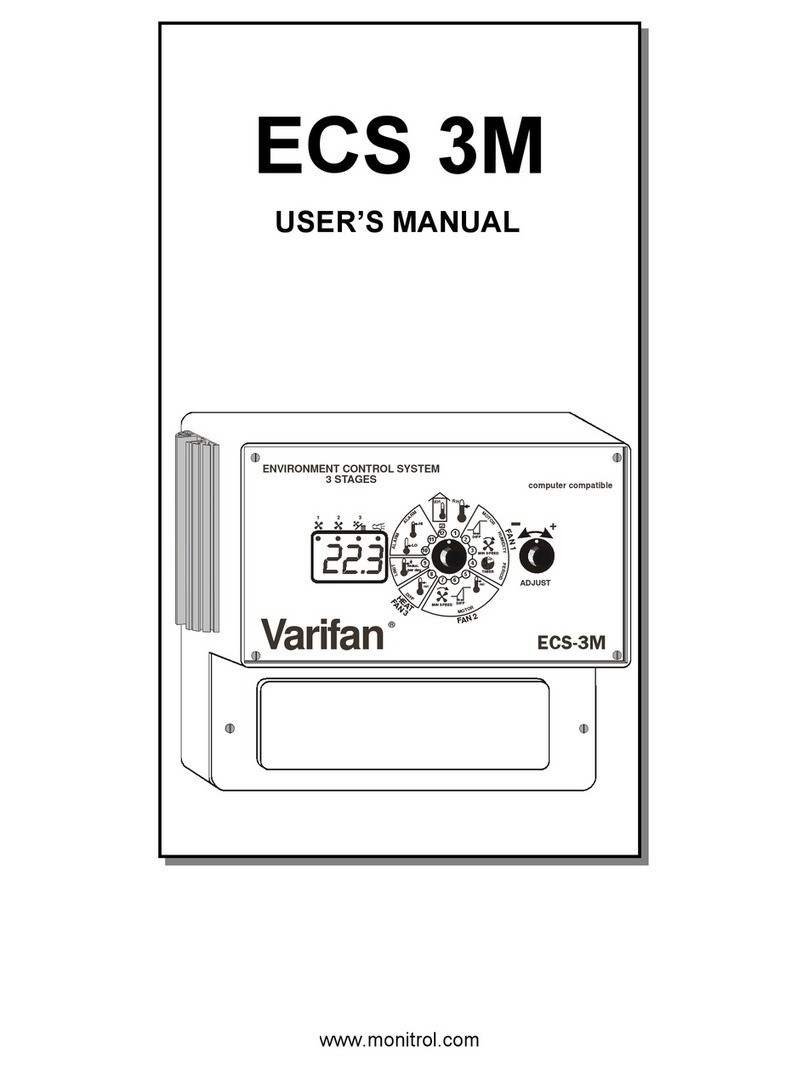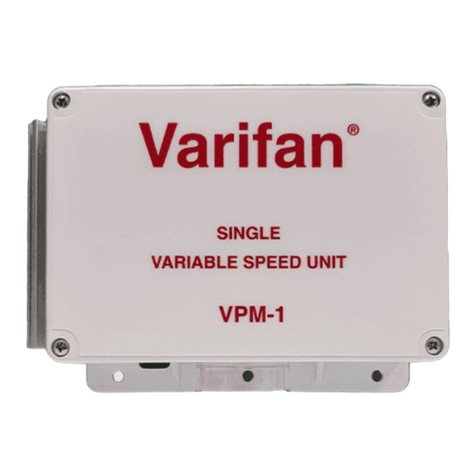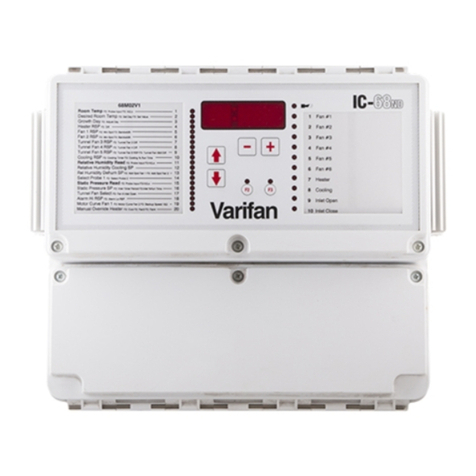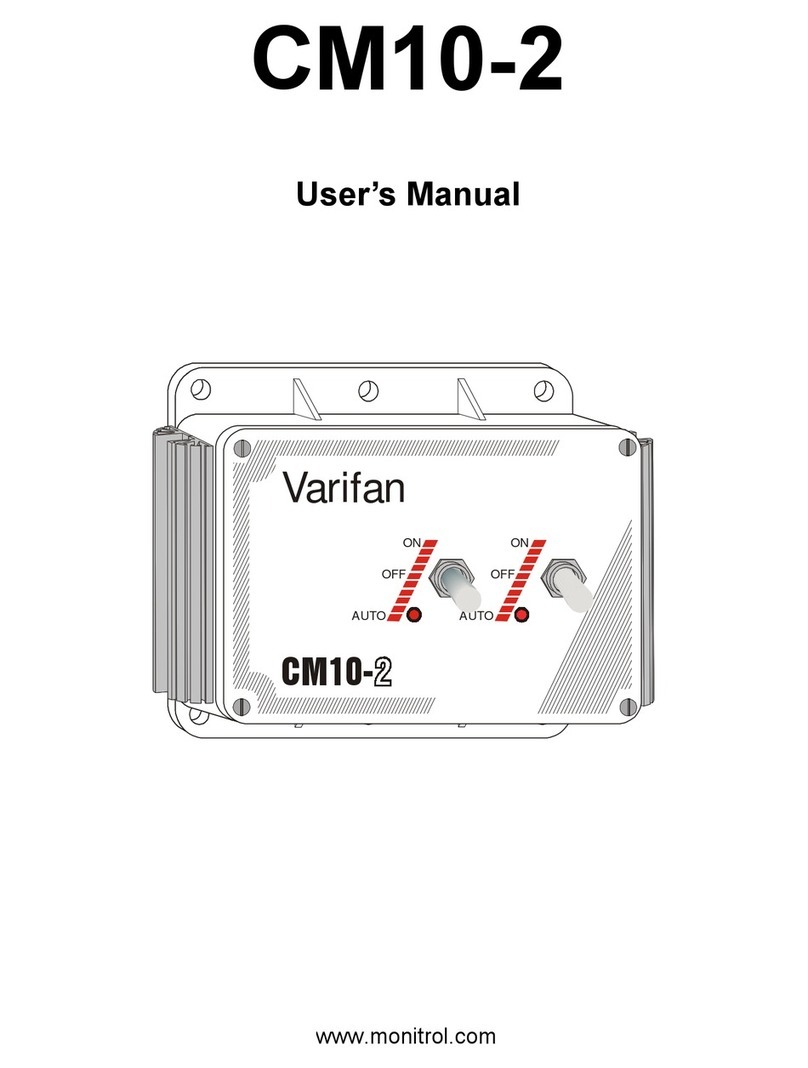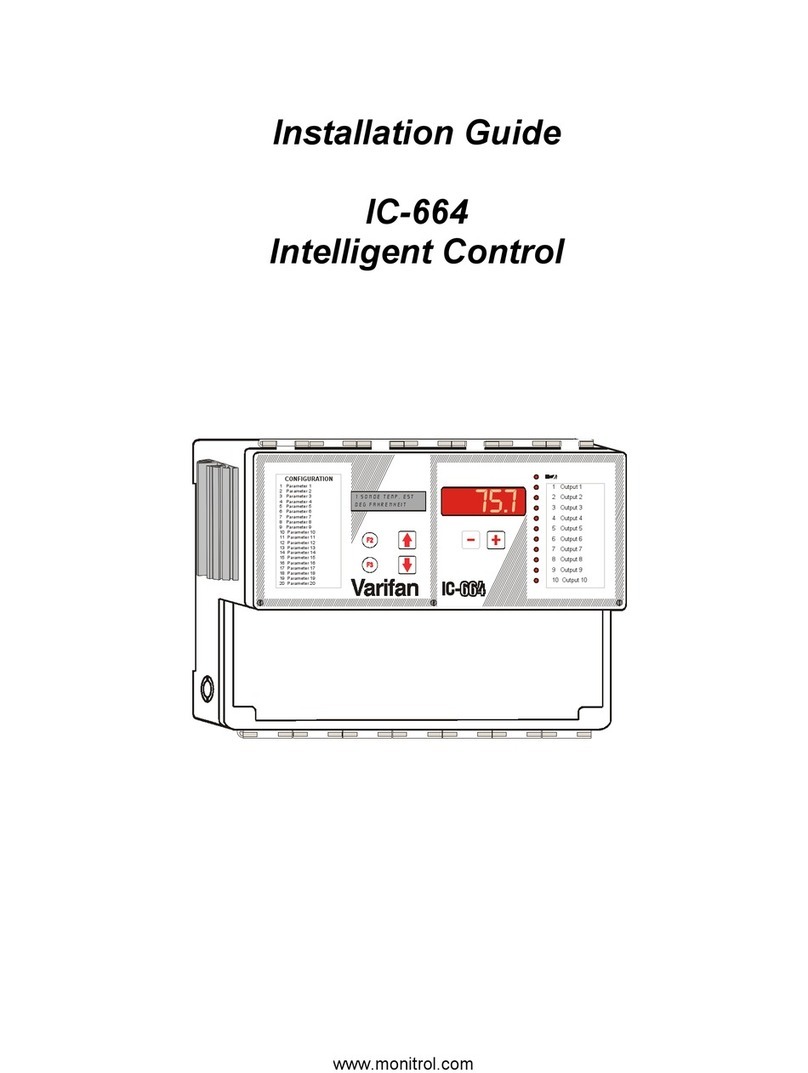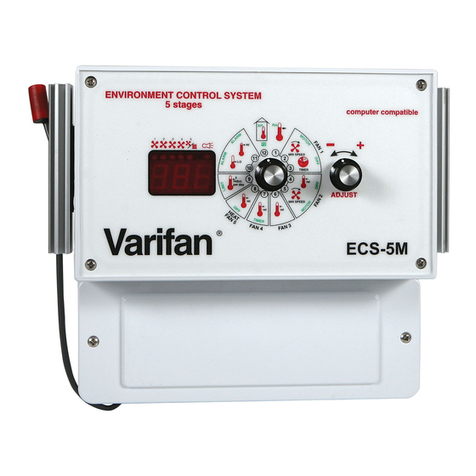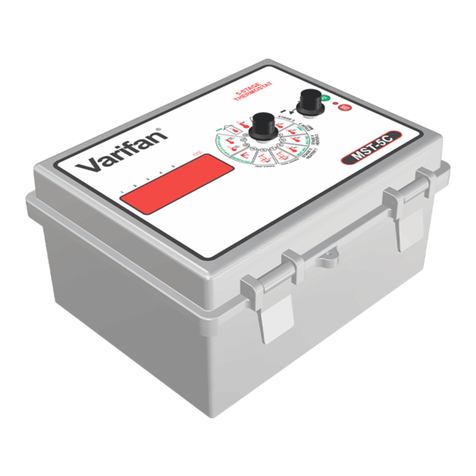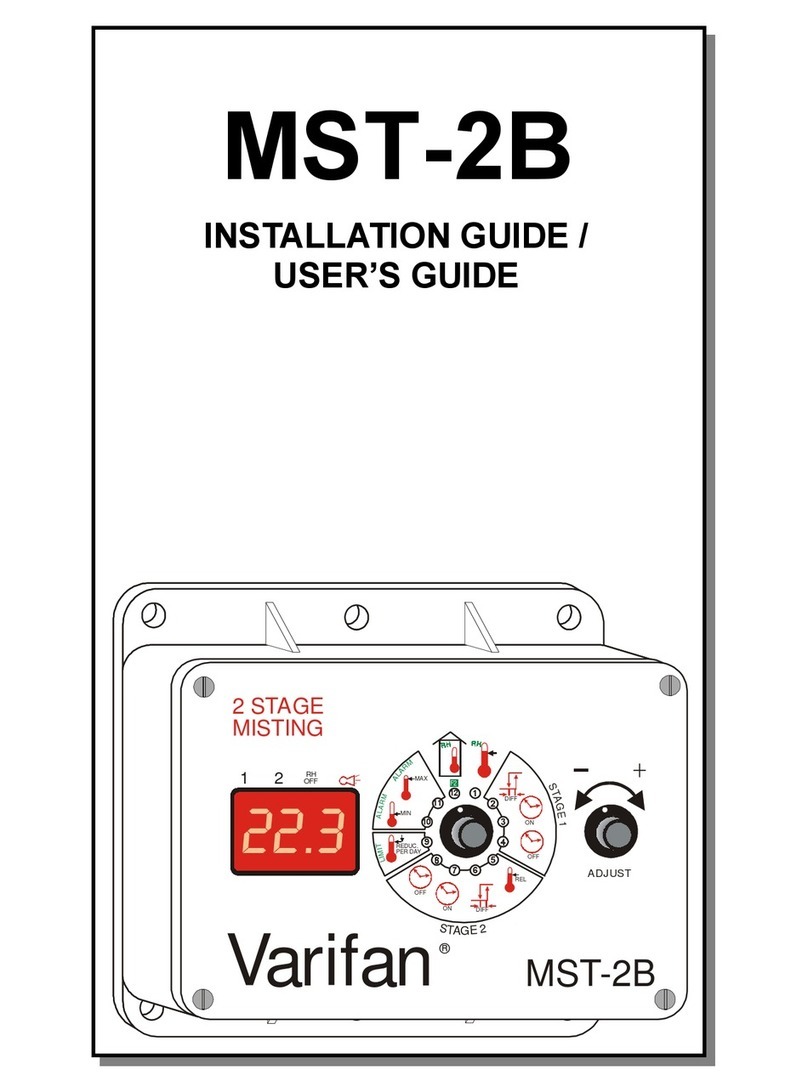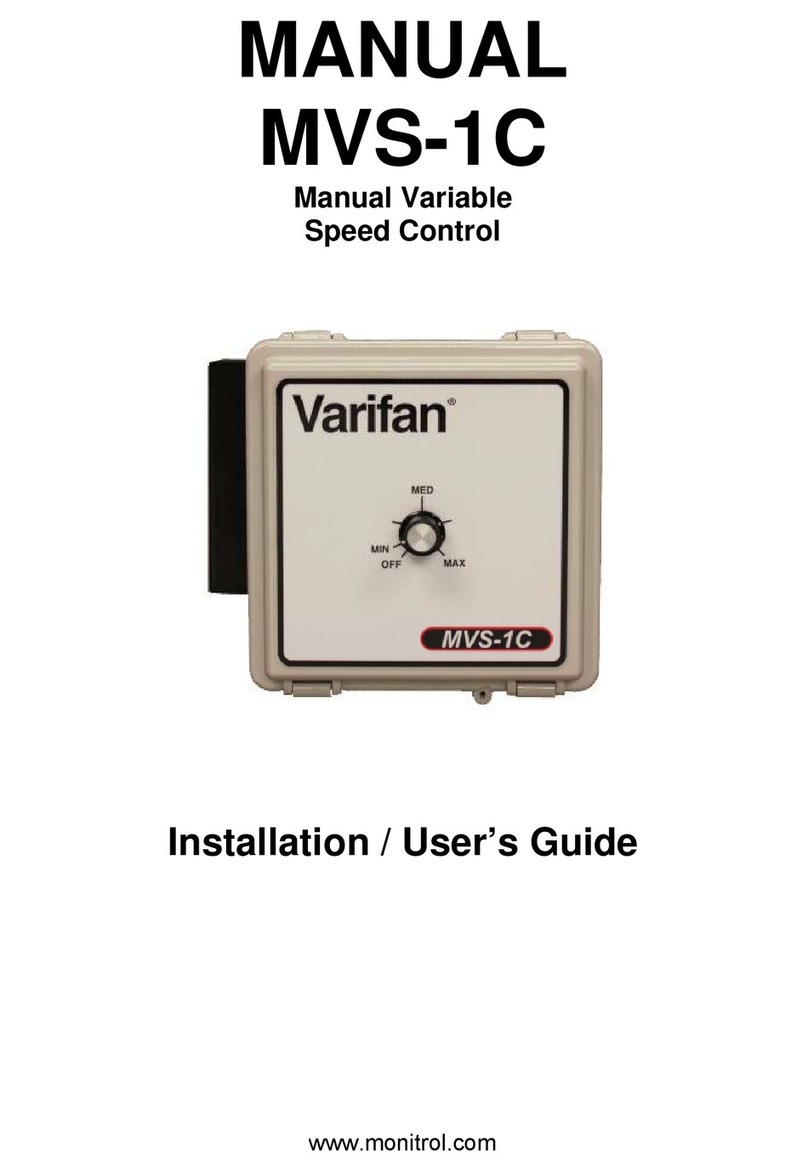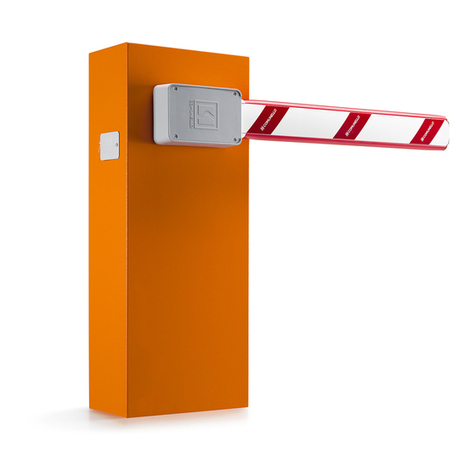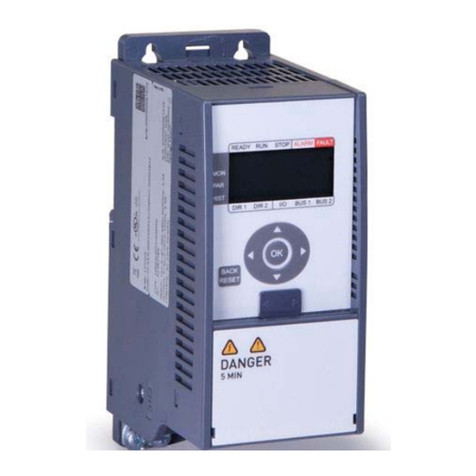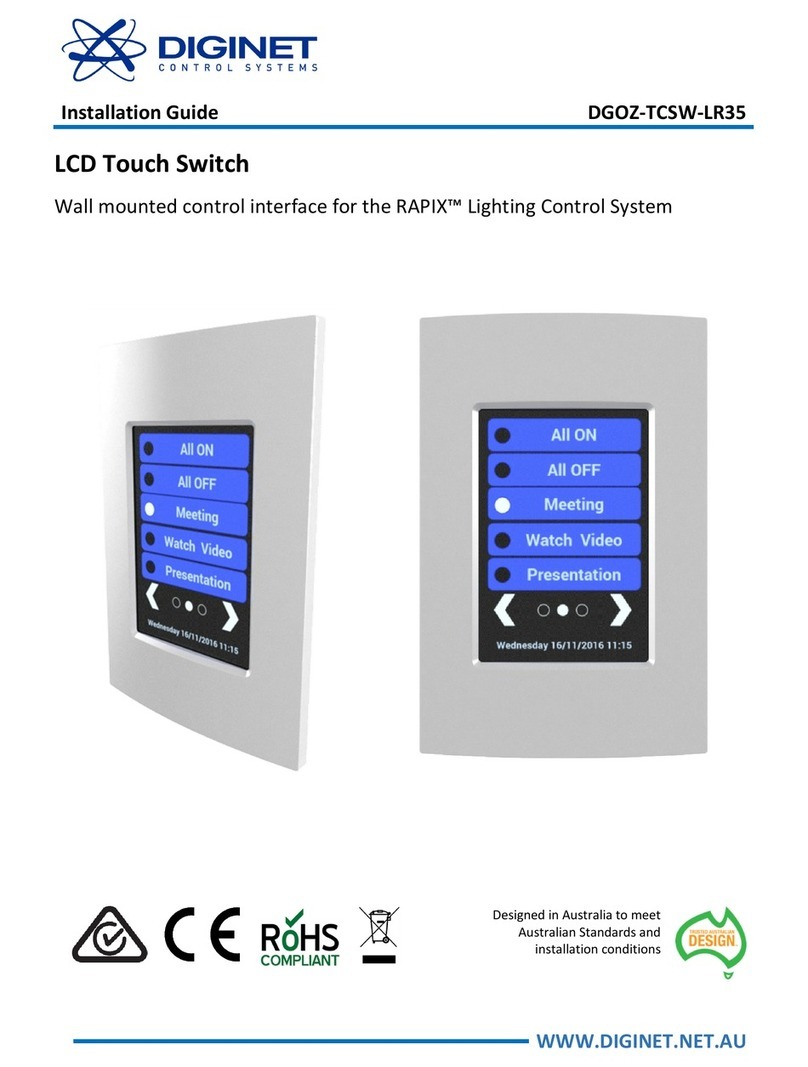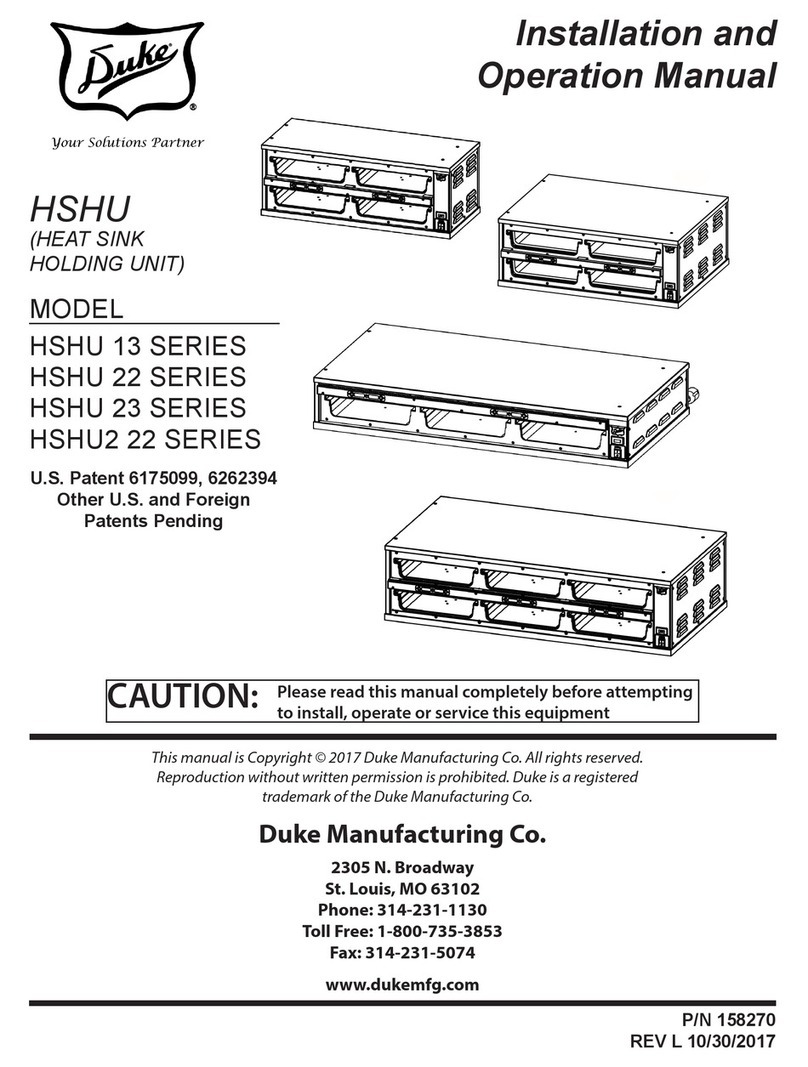
Page 6
ECS-4+
The second stage provides control over a second variable
speed fan. This second stage is also fully programmable
for settings such as minimum speed, relative set point, etc.
The third stage controls either a heater for colder climates,
or a third single speed fan where additional cooling is
required.
The fourth stage regulates the static pressure level of the
room by controlling an air inlet baffle board which controls
the airflow entering the room. Static pressure may be
controlled by monitoring the room temperature or via an
optional SPS-1 static pressure probe for greater accuracy
of static pressure control.
The ECS-4+ provides full control over all four stages via a
user-friendly display panel. All programmable features can
be customized to meet your requirements. The ECS-4+
keeps you constantly informed by displaying the status of
all its outputs as well as the room temperature. With an
optional static pressure probe, the ECS-4+ displays current
static pressure levels.
Safety of livestock is ensured by the continuous control of
climate and timely alarm notification should environmental
conditions exceed alarm set points. Further security may
be obtained by connecting all ECS series controls in a
network configuration to an optional RCM-40 remote
monitoring unit. This provides remote control monitoring of
each room. All control panel outputs are fused, and all
programmable settings are maintained indefinitely whether
or not the ECS-4+ is powered.
The ECS-4+ provides an automatic temperature reduction
per day (ramping) feature for your maturing livestock. A
built in low temperature safety factor prevents
temperatures from reaching dangerous limits.
With the ECS-4+ in control of your climate, you are
assured of optimal living conditions for your livestock.
